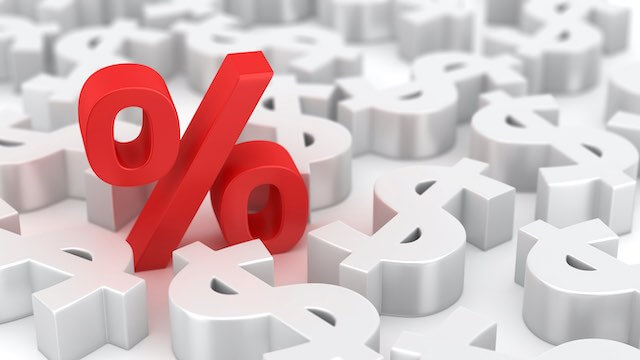According to the Bureau of Labor Statistics, over the last 12 months, inflation has increased by 9.1%. This is the largest 12-month increase since the period ending November 1981.
The food at home index rose 12.2% over the last 12 months, the largest 12-month increase since April 1979. The gasoline index went up 11.2%.
2023 COLA Likely to Be Largest in 42 Years
The Consumer Price Index for Urban Wage Earners and Clerical Workers (CPI-W) increased 9.8% over the last 12 months. The reason this is important to federal retirees and Social Security recipients is that this is the index that is used for calculating the COLA increase that will be paid to recipients starting in January 2023.
The CPI-W third quarter average for 2021 was 268.421. It is now up to 292.542. (The annual COLA is calculated by comparing the change in the CPI-W from year to year, based on the average of the third-quarter months of July, August, and September.) This means that the increase over the third quarter average last year is now up to 8.98%.
Last October, when the COLA for 2022 was announced, federal retirees received a 5.9% increase for Civil Service Retirement System (CSRS) annuities and Social Security benefits and a 4.9% increase for Federal Employees Retirement System (FERS) annuities starting in January 2022. At the time, this was the largest COLA increase in 40 years.
The COLA for 2023 will certainly be larger than the 5.9% in 2022. The actual 2023 COLA will be calculated in mid-October. At that time, government computers will look at the CPI-W figure for July, August, and September. They will average the increase for these three months. That will be the January 2023 COLA increase. This does not mean inflation for the previous months is not relevant. Inflation data continues to accumulate and will be reflected in a higher average.
Looking back at previous COLA increases, the increase in 1981 was 11.2%. That followed a 14.3% increase in 1980. The pay raises in 1980 and 1981 were 9.1% and 4.8% respectively.
Biden Administration Tamps Down Inflation Problem
The White House must have had some indication that the latest CPI figures would be problematic with mid-term elections rapidly approaching in November.
The CPI data coming Wednesday “will largely not reflect the substantial declines in gas prices we’ve seen since the middle of June,” according to a report from the Council of Economic Advisers, in a five-page memo designed to provide “context” for the upcoming report.
According to AAA, the latest national average for gas prices is $4.631. When President Biden was inaugurated, the average price for a gallon of regular-grade gasoline was $2.39, according to AAA. The recent drop in gas prices is not reflected in the June CPI report. This means that of today, the current increase in gas prices under the Biden administration is now down to 93.7% instead of the 96% increase that existed last month.
Inflation May Be Receding
The recent decrease in gas prices and the fact that some stores are now discounting prices may be signs that inflation is easing. There has been an improvement in the supply chain problem and, according to the Wall Street Journal, there are now fears of a recession following attempts to bring down inflation. Customer preferences have shifted more to services and away from products or goods as consumers are spending money they have previously saved.
The Federal Reserve recently agreed that it will have to raise interest rates faster and to levels to slow economic growth in order to control inflation even though raising rates to fight inflation could lead to a recession.
Summary
Experts initially predicted the war in Ukraine, which started on February 24, could be over in a few days or weeks at most. No one predicted that by July, President Volodymyr Zelensky would still be in the Ukrainian capital as president or that both armies would still be engaging in heavy combat. The amount of money the United States has spent to back the Ukrainian government or the impact the war has had on expanding NATO are also something of a surprise.
To the extent that this war has impacted inflation, and it has impacted inflation and food supplies, no one knows when or how it will end or what the ending of the war will have on inflation or economies around the world.
We also do not know how quickly the Federal Reserve’s actions to reduce inflation will take hold or whether we are or will be entering a recession.
In other words, predicting the future at this time of uncertainty is virtually impossible. At the moment, the latest monthly data show inflation still increasing, the war in Ukraine is still going on and the eventual outcomes are just guesses.




